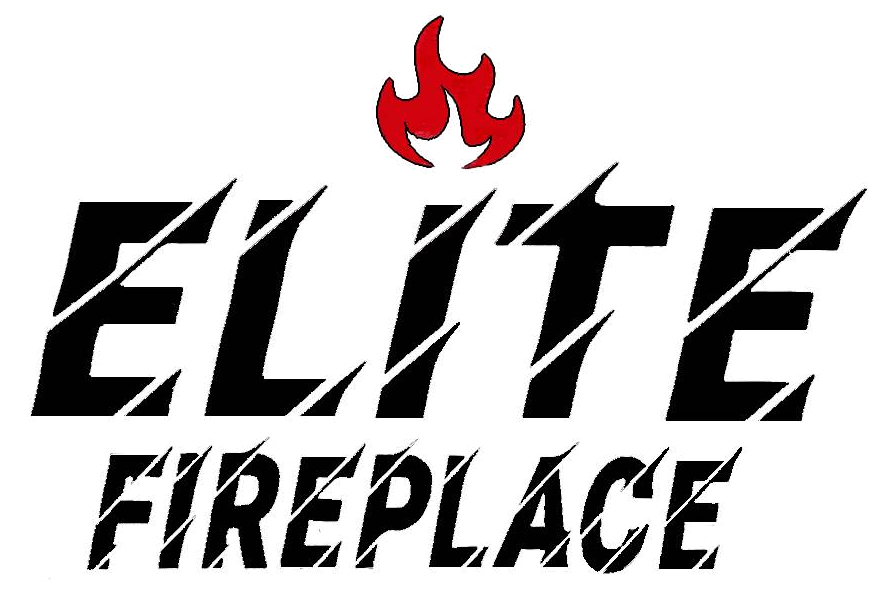Your Trusted Chimney and Fireplace Company Responds…
There is no denying the joy of a crackling fire, the aroma of burning wood and the peaceful feeling of flames dancing in your traditional, wood burning fireplace. While the delightful sizzle and charming sight creates a warm and welcoming ambience for friends and family to gather around your hearth, maintaining a wood burning fireplace involves a fair bit of effort. This includes gathering or buying the firewood, stacking and storing the logs, bringing them to the hearth, and kindling and tending to the fire. You will also have to clean up the ashes and arrange for periodic inspections and chimney sweeps. Moreover, if you have young children and pets, you need to maintain a constant vigil near a lit fire, even if there are protective screens around the firebox.
If these tasks seem tedious and time consuming, a wood burning fireplace is not the best fit for your current lifestyle and preferences. You may want to consider converting this into a more practical and easy to use gas fireplace. While that distinct aroma and crackle may be absent, modern gas fireplaces offer a contemporary look and attractive heating features at the flip of a switch.
However, switching to a gas fireplace is not a Do-It-Yourself (DIY) project. Experts from Philadelphia’s trusted Chimney and Fireplace Company address common queries about such conversions.
Switch from a Wood Burning Hearth to a Gas Fireplace
What is the Process of Conversion? No matter how handy you are around the house, leave the job of conversion to a gas fireplace for the experts:
- First and foremost, the licensed technicians from a professional fireplace maintenance service will thoroughly inspect the current hearth, firebox, chimney and chimney top.
- Based on your requirements, they will recommend the gas unit that suits your budget, as well as your home’s size, structure, and venting.
- During the inspection, if the chimney shows signs of creosote buildup, brick and mortar damage, or liner erosion, the technician will conduct the necessary repairs. This is a critical step before switching to a gas fireplace.
- Assuming your home already receives natural gas for central heating or an oven, a qualified installer will be able to run the gas line up to the point where the fireplace can be hooked up.
Which Gas Fireplace? Once you have decided to switch over to gas, you need to choose between three different types of units:
- Gas Inserts or Vent-Free Gas Logs: Both, gas inserts and vent-free logs, generate adequate heat to efficiently warm up your home. However, they may have a higher installation cost, as compared to the vented units. While vent-free logs are banned in a few cities, they are legally acceptable in Pennsylvania. However, since they tend to introduce unburnt combustion products into your home, ventless units may not be the best choice for those suffering from allergies, asthma, or other respiratory disorders.
- Vented Gas Logs: Vented units are ideal if you plan to use the fireplace infrequently and are mainly interested in cosmetic enhancements to your ambience and décor. On the flip side, vented logs do not offer enough warmth and may draw heat up the chimney.
Seek advice from an experienced and skilled fireplace technician to choose the unit that best suits your requirements.
For reliable and professional chimney and fireplace services, call Elite Fireplace. We have been serving residents of Philadelphia, Montgomery, Delaware and Chester County for over 25 years and offer numerous services, including chimney sweeps, inspections, and fireplace installations. Our certified and insured technicians understand the various venting and drafting requirements related to conversion from wood to gas, and also have the necessary training to conduct secure gas line hookups.
Transform your wood burning hearth into a safe, efficient and beautiful gas fireplace through the experts at Elite Fireplace. Call us at (610) 489-4274 or contact us online.
